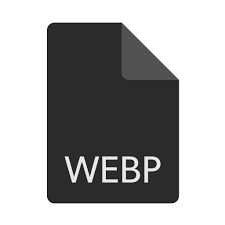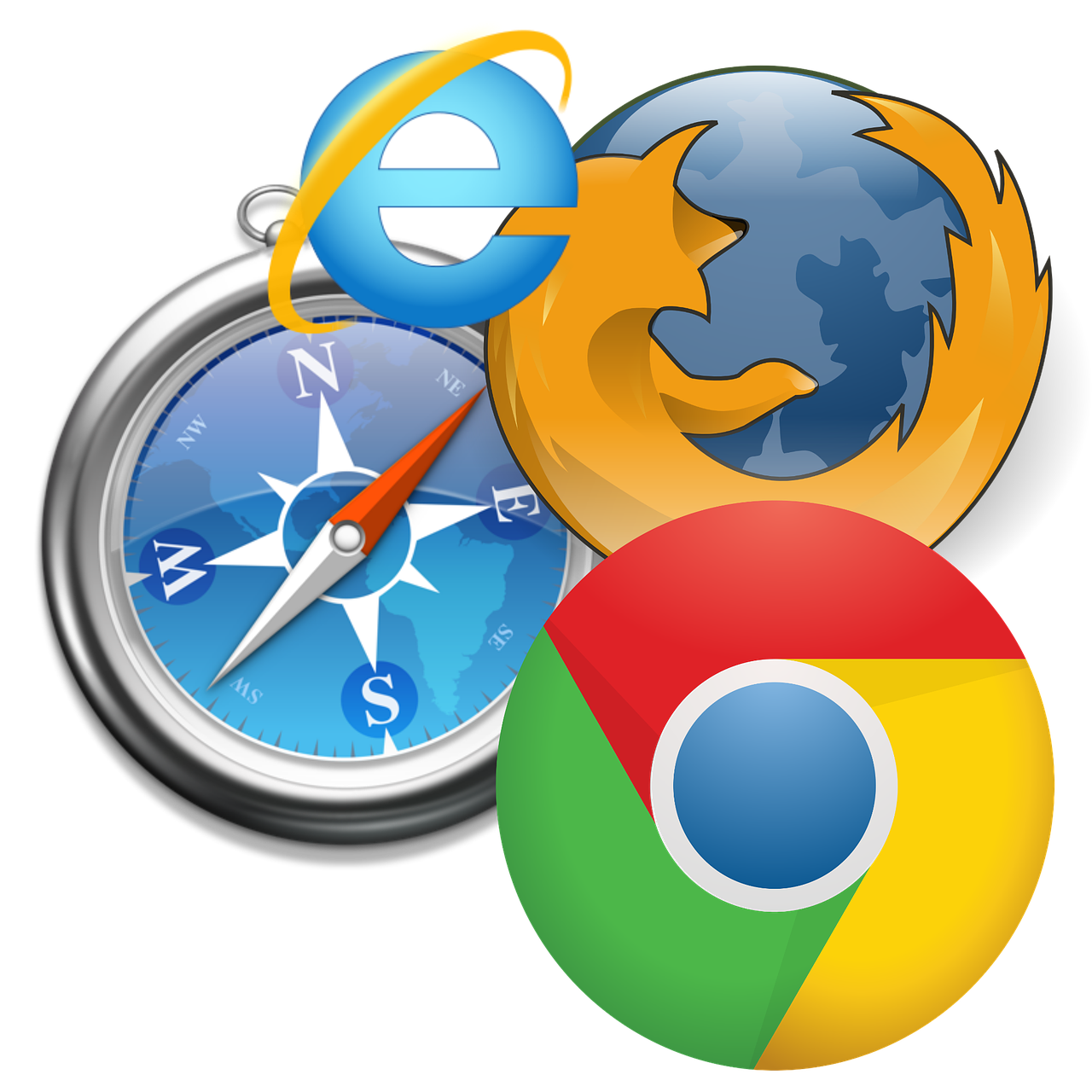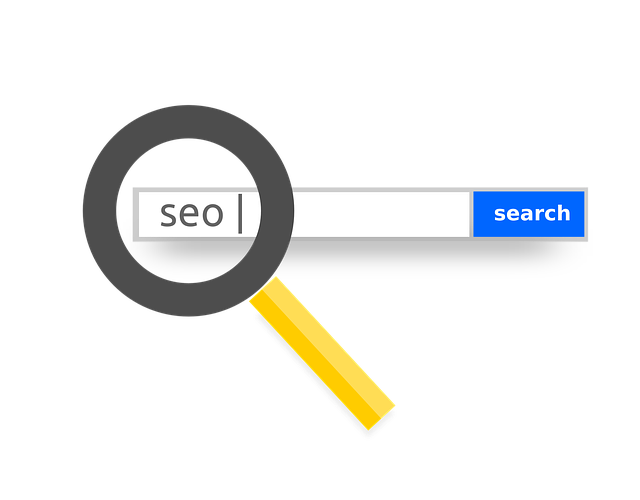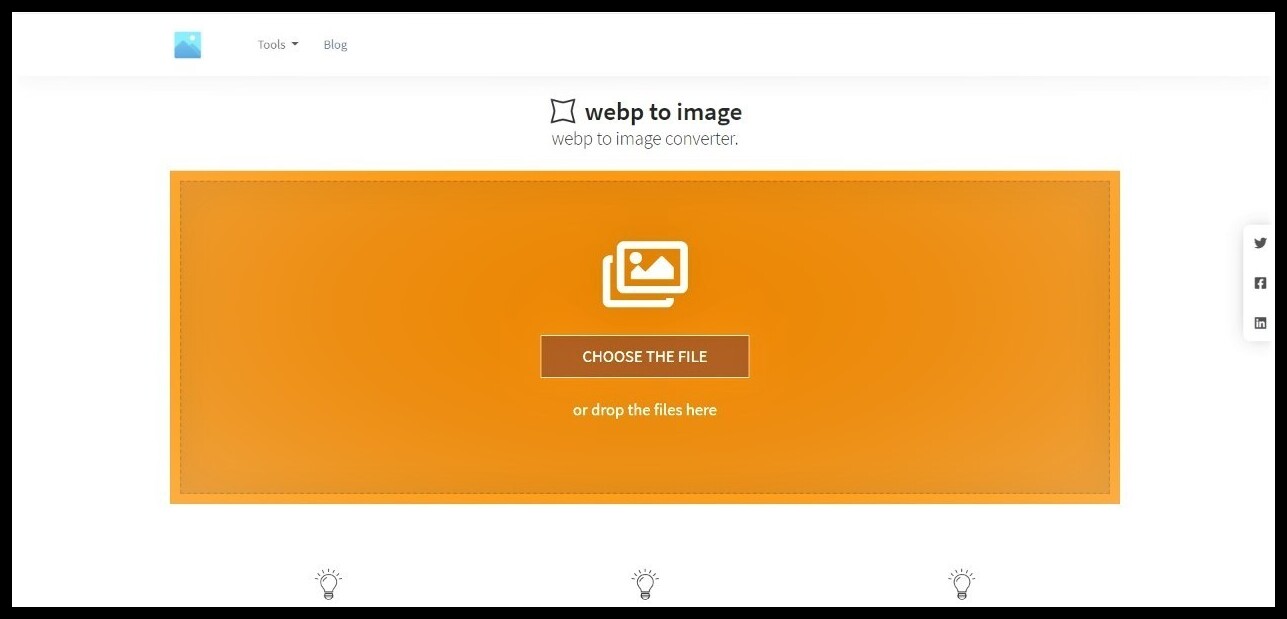WEBP DEFINITION | WHAT IS WEBP IMAGE FORMAT
WebP definition and how it works
You may have come across the term WebP while downloading images from the world wide web. That may have got you thinking, “What is WebP exactly?”. Well, say no more. In this article, we’ll take you through every basic thing you need to know about WebP.
 In simple terms, WebP is a fresh image format. It offers superior lossy and lossless compressions. It also includes alpha transparency and animation.
In simple terms, WebP is a fresh image format. It offers superior lossy and lossless compressions. It also includes alpha transparency and animation.
Now, what do the words ‘lossy’ and ‘lossless’ mean? These may sound confusing, but they are quite simple. These are just methods that help reduce the size of the data by compression.
Google developed this new format in 2010. The purpose was to generate concise and superior-quality images. Decreasing the data size helps to get work done quicker. So, support for WebP has grown over time, in comparison with JPEG, GIF, and PNG formats.
When compared to PNG and JPG, it reduces file size by almost 26% and 34%, respectively. The compression algorithm is based on predicting pixels from their surroundings. This lets you reuse the pixels in a single file several times. Anyone can choose between size and quality. All you have to do is alter the degree of lossy compression.
But how does the WebP compression work and what is WebP used for? What is WebP format doing exactly that makes files smaller?
Lossy WebP compression compresses an image using predictive coding. It is the same approach taken by the VP8 video codec to compact video keyframes. It foresees the values in a block. It does so, based on the values in adjacent pixel values, and then encodes the change.
The approach for lossless WebP compression is similar. To precisely recreate distinct pixels, it uses previous image scraps. If there’s no suitable match, it may also use a local palette.
WebP format also facilitates animated pictures, with more updates planned in the future. Google is still working on it. But it has a lot of potential for use on the Internet for image sharing.
What are the benefits of the WebP format?
We hope by now you already have a pretty good idea of what is WebP format. So, let’s talk about the variety of perks of using this image format.
- According to the WebP definition, it is an image extension. We know how difficult it can be to store high-quality images, and so does Google! This is why it created this new format to help store them in smaller sizes. The developers noticed that the tech worked well for static images. So, they decided that it was a better option for web images. This format can cut the size of the image without diminishing its quality. That is very much desirable in any file format.
-
Google suggests WebP because it offers finer lossy and lossless image compression. This technology produces lighter and colorful images. Other common formats, such as JPEG, PNG, and GIF, are backed by WebP animation.
The main motive of the developers is to improve their site’s efficiency. Webmasters need help to offer smoother and better web output. Hence, most internet platforms have begun to adopt this format.

Here is a list of a few browsers that offer-
1. WebP lossy support-
Google Chrome (desktop) 17+, Google Chrome Android 25+, Firefox 65+, Native web browser, Android 4.0+ (ICS), Opera 11.10+, Microsoft Edge 18+.
2. WebP Animation support-
Opera 19+, Google Chrome 32+, Firefox 65+, Microsoft Edge 18+.
3. WebP alpha, lossy, and lossless support-
Google Chrome (desktop) 23+, Google Chrome Android 25+, Firefox 65+, Pale Moon 26+, Android 4.2+ (JB-MR1), Opera 12.10+, Microsoft Edge 18+, Native web browser.
So, WebP is supported by Google Chrome and all Chromium-based IPs. But at the same time, many leading browsers have adopted this new format.
-
The size factor plays one of the greatest roles in favor of WebP. The WebP compression technology is proprietary. It displays images at roughly two-thirds of the size of the images in PNG or JPEG format.
Our previous section described ‘What is a WebP file?’. There, we mentioned how we can download both lossy and lossless format pictures. This is a great benefit if you want to establish faster connections.

The resolution of these images reduces a lot more than in PNG and JPEG. When compared to PNGs, WebP lossless files are 26% smaller. Lossy images are 34% lower than the traditional JPEG format. These are both at the same SSIM quality index.
WebP has a smaller file size than GIF. Lossy WebPs are smaller by a whopping 64%. And lossless WebPs are about 19% lesser in size. Imagine how amazing that would be for us users! Undoubtedly, this is particularly critical on mobile networks.
So, there is no doubt that WebP files (both images and gifs) can save a lot of data as well as space.
-
We have explained what is a WebP file’s way of reducing file size. Now, let’s move on to how this benefits us. Suppose your bandwidth is quite low. Or you may have a very slow connection. And the website has a vast number of images. In this case, this image format will make a huge difference.
These photos, unless well-optimized, will consume a significant part of your server’s resources. If the server is unable to handle the extra load, it may trigger a slew of issues for the website. These include slow website loading speed. In the worst-case scenario, photos may not load at all. A poor user interface can be catastrophic for your SEO. It will harm your website conversion rate, and, hence, your company.

-
So, because of the exceptionally smaller sizes, the websites shed a lot of loading time. According to Fox media, switching to WebP helped them a lot. It reduced the website loading time by quite a few seconds.
WebP decodes way faster. Let’s see how. WebP images store information on whether each frame contains alpha. This gets rid of the need to decode the frame. So, the estimation of which past images a given frame relies on becomes a lot more accurate. This decreases the needless retrieval of previous frames.
-
Don’t forget how WebP files support transparency. Given that we now know what is WebP format, you may be wondering how this is an advantage.
Lossless WebP provides transparency (or in simpler words, alpha channel). It needs only 22% more bytes for that. When lossy RGB compression is appropriate, lossy WebP also offers transparency. This causes up to 3 times smaller file sizes than PNG. As a result, WebP contributes to smaller file sizes than typical image formats.
-
Sometimes, during work, we may scroll or switch tabs/ windows. We often notice that the animations have paused or jumped forward to another point. Too much use of CPU causes animations to lower frames. This may also force the decoder to move forward in the animation.
In such cases, animated WebP needs 0.57 times the total decoding time of GIF. This causes a lot fewer issues during scrolling. It also boosts the healing from CPU usage spikes.
-
In the section, “WebP definition”, we told you how WebP blends the best features of other formats. It incorporates both lossy and lossless compressions. At the same time, it supports animations like GIF and alpha transparency like PNG.
Indeed, a single animation may include both lossy and lossless blocks. But GIFs only have lossless compression. WebP’s lossy compression techniques are all well-tailored to animated images. These images are produced from authentic videos from the real world. These are becoming a pretty common source of animated images nowadays.
The WebP encoder inserts key-frames at frequent intervals, like a modern digital encoder. Most GIF encoders fail to do this. In long animations, this greatly enhances seeking.
GIF uses a specific frame disposal system. But WebP attaches a ‘blending method’ flag instead. This makes it easier to insert those frames without noticeably raising the size of the file. What happens in this? It qualifies a keyframe to draw such that the entire picture had been cleared to the background color. At the same time, it avoids the need for the older frame to be entire.
- Here is another one of the greatest benefits of using WebP format instead of GIFs. In comparison to GIF’s 8-bit color and 1-bit alpha, WebP promotes 24-bit RGB color with an 8-bit alpha channel.
What are the disadvantages of this format?
In the last section, we explained all the benefits of WebP. But there are quite a few drawbacks to using this type of file as well. Let’s look into the various downsides of WebP format now.
-
WebP entered the picture pretty late. Since then, it had been under development for a long time. This is one of the major factors that prevent WebP from being the most used. It was made available in 2010. But it wasn’t till 2019 that most of the leading browsers supported this format.
Many browsers did not support WebP until its latest version came out in June 2020. So, this format is still not a commonly used one. WebP has great potential. But unfortunately, it does not have the hype it deserves, yet.
-
Let’s not forget that WebP is not a common household name. It is not a format that everyone is aware of. And at the end of the day, recognition matters. A lot.
 When people consider how to add little snippets and animation into their websites, they immediately think of GIFs.
When people consider how to add little snippets and animation into their websites, they immediately think of GIFs.Consider this for yourself. If you want to post an image online, which format comes to mind? The answer is simple, JPEG. So, the existence of WebP is quite questionable, in terms of fame.
-
This one is a drawback of all the file formats that use lossy compression. From the WebP definition, we know that WebP uses both lossy and lossless compression. What happens is, the quality of your images is diminished, at least to some extent.
For most people, the difference in quality is insignificant. But the problems mainly occur in visual sites. This includes graphic design portfolios and photography sites. It is quite natural that you would want the highest possible quality for the pictures or designs.
-
We just shared what issues lossy compression might create. But that doesn’t make lossless compression completely flawless. With lossless compression, there is no visible reduction in quality. But, the one thing that gets messed up in lossless compression is the file size.
For lossless compression, the files end up being larger than in lossy compression. This may act as a hindrance in fast-loading websites.
-
Not all browsers support WebP yet. About 80% of the existing browsers offer WebP support. That may sound like a lot. And to be honest, it is. But it is far from 100%. At the same time, not all of these browsers support the complete pack of lossless, lossy, animated, and alpha WebP images.
Many browsers don’t support animated WebP images. Some don’t support alpha and lossy WebP. So, overall, the browser support of WebP has not reached its maximum yet.
- Not just browsers, many photo editing tools do not support this format yet. This could be a setback for photographers and editors.
- To back WebP up, the browsers need to make backup images in HTML. But having a separate file as a backup also nullifies the additional space saved by using WebP in the first place.
- WebP animation takes significantly higher computing power during playback. This is one limitation as opposed to regular GIF animation.
Conclusion
Google’s WebP definition suggests that it has a great possibility of making the next big news. But it may be some time before WebP surpasses JPEGs as the dominant format.

So, we suggest that you begin using WebP on your website right away. But make sure you use it on websites that don’t focus on image quality. Quick tip- use WebP to make thumbnails. It saves a lot of time and storage.
But, if you don’t want to use them, you can use our online converter tool to convert to JPEG from WebP images.



